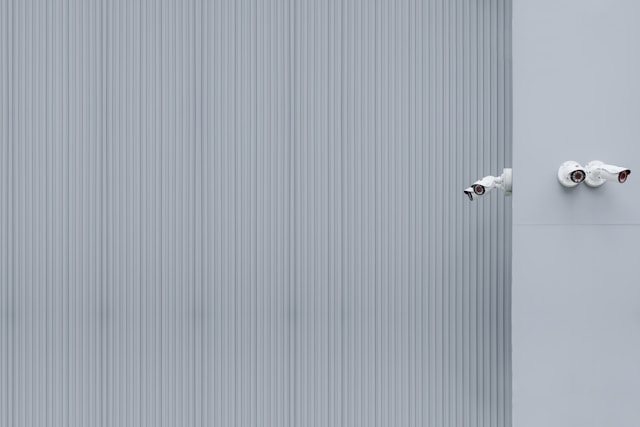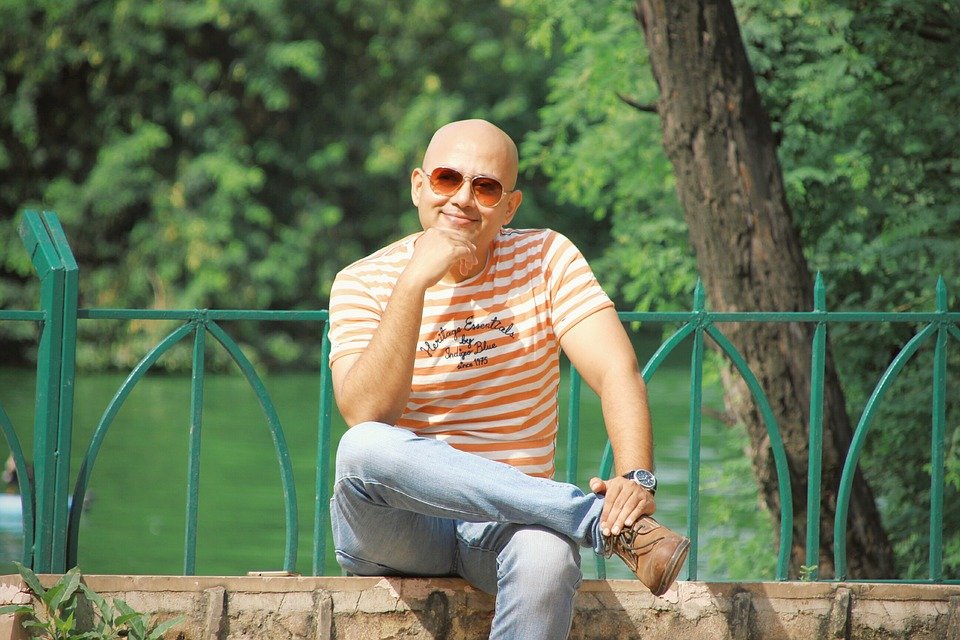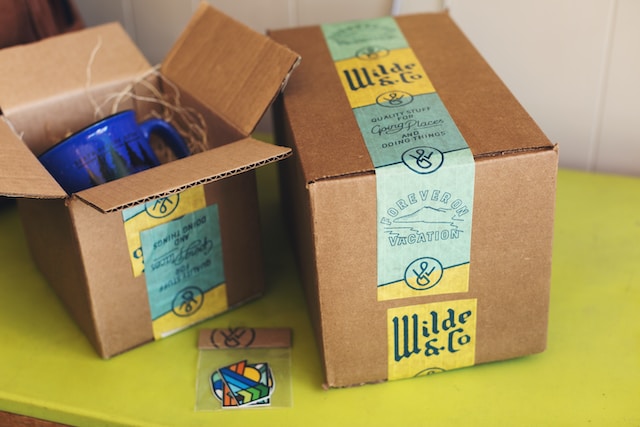People are working harder and more stressful jobs than ever before, especially with technology, social media and business innovations moving at a staggering pace. It can be difficult to keep up and can become quite tiring for today’s professional. We’re all only human after all.
In the 1970s and 1980s, American sleep researcher David Dinges pioneered important research on humans and sleep, specifically the negative effects of sleep deprivation and the recovery potential of napping in giving people a chance to re-energize and ultimately be more productive.
What we have now is commonly referred to as the power nap, almost in a half-joking sense, but its benefits are anything but a joke and industries are starting to see the advantages of naps for employees, such as Nike, who provide “quiet rooms” for employees. However, there’s a greater phenomenon growing amongst big businesses in providing resting times and spaces. Introducing sleep pods.
The sleep pods are some of the strangest looking beds you’ll ever lay eyes on and look like they are leftover props from the set of The Fifth Element. However, the designs aren’t simply there to look sleek or weird, and are often equipped with plush features to complement the exterior.
There are several different manufacturers of sleep pods currently on the market, each with their own unique designs; some offering the same functions and some a little different. Many have been crafted in such a way to allow the body to lie in different positions, benefitting muscles and bones in different ways and helping to de-stress.
At least that’s what many of the makers are saying. These aren’t simple beds and couches with glossy designs. Many are kitted out with stereo systems, speakers and subwoofers, which play soothing tranquil music and have dim atmospheric lighting. It all sounds quite pleasant and it is. That is assuming your wallet can afford it.
Sleep pods, like the Transport Perceptual Pod designed by Mexican architect and designer Alberto Frias, come in at a whopping $10,000 each, with some models going for as high as $12,000.
Frias designed his pod after several years of researching human psychology, optical illusions and sleep patterns. The New York Times called the pod “akin to a miniature planetarium”, thanks to its serene atmospheres and many companies and clients are quick to get behind it. But the greatest success story for designers and sleep pods is from a company based out of Edgewood, New York.
Metro Naps is a “fatigue management solutions” company, which has been championing the benefits of sleeping pods for some years now. It claims that it offers a quick resting location for employees in the workplace, where they can recharge and refocus, thus creating a more attentive and alert workforce. Several large multinational companies have purchased sleeping pods from Metro Naps in recent years, which suggest that the idea is catching on.
They are definitely reaping the rewards of companies’ interest in sleeping pods at the moment, with their clients including Google and network equipment manufacturer Cisco.
Their most noted model is the EnergyPod. Similar to Frias’ work, the EnergyPod is a futuristic design of sleek shapes and is laden with luxurious features like ambient lighting and vibration and soothing sounds as well as a built-in timer for the user to track their naps.
Once again, the EnergyPod, much like its competitors, comes in a hefty price around the $8,000 mark, which is what makes it ideal for larger corporations to avail of but leaves it out of the reach of others, broadly speaking.
Sleep pods can be found outside the workplace too, with a handful of airports purchasing some models. Abu Dhabi Airport unveiled their sleep pods earlier this year, where they charge passengers up to £8 ($12) an hour to have a power nap. Currently ten pods are available in the airport, which include power outlets and Wi-Fi connections. In this instance, the pods provide the passenger with a place to sleep off their jetlag or get some rest during a long layover or flight delays.
Pods in an airport setting certainly provide a more efficient place to rest for the passenger, opposed to the alternatives of sleeping on benches, chairs or even the floor, all too common scenes in airports.
Dubai International Airport, the world’s fourth busiest airport, offers a similar service with Snoozecubes, which were invented and developed by New Zealander, Larry Swann, currently the company’s director.
The Snoozecubes are built in New Zealand but have found their way to businesses and airports worldwide. They have ten pods installed at Dubai, each of which the company describes as a “micro-hotel”. Despite its minimalist design, the Snoozecubes actually offer the most expansive space for the passenger.
This is quite unlike the sleep pods that are used by The Huffington Post, with their Oasis Nap Pods. The smaller and more compactly designed pods are designed for power napping in a hectic business environment, outside of the traditional office setting and a much more different environment than waiting for your flight.
Unveiled at the Republican National Convention, The Huffington Post made the case for sleep pods at conventions and around business meetings with, Russell Sanna, of the Harvard Medical School Division of Sleep Medicine endorsing the product.
“Good sleep makes everything better,” he says. Too often people feel that sleep is a negative, in that they will be seen as lazy, unfit for the job ahead or even slacking off. Sanna argues the complete opposite: “We’ve got abundant science that tells us how essential sleep is to our well-being but that needs to be conveyed to the general population.
“We compromise our sleep but the science behind it… when we sleep deprive ourselves, our performance is impaired as if we were taking alcohol. It’s quite true,” he says. “We don’t drink before we go to work, why should we be sleep deprived when we go to work?”
Given their costs, sleep pods are still an elusive luxury for most businesses however. Experts unanimously agree on getting the adequate amount of sleep so you can work more efficiently and many agree on the benefits of power napping but providing such a space seems out of the reach of small and medium businesses.
Do you feel sleep pods will become more commonplace in businesses or are they just a passing fad of sorts for multinationals?








